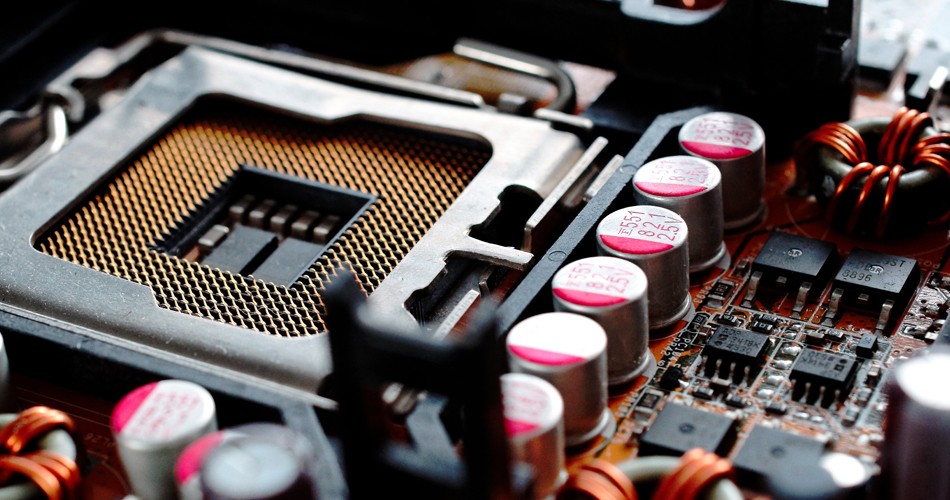- English
- Español
- Português
- русский
- Français
- 日本語
- Deutsch
- tiếng Việt
- Italiano
- Nederlands
- ภาษาไทย
- Polski
- 한국어
- Svenska
- magyar
- Malay
- বাংলা ভাষার
- Dansk
- Suomi
- हिन्दी
- Pilipino
- Türkçe
- Gaeilge
- العربية
- Indonesia
- Norsk
- تمل
- český
- ελληνικά
- український
- Javanese
- فارسی
- தமிழ்
- తెలుగు
- नेपाली
- Burmese
- български
- ລາວ
- Latine
- Қазақша
- Euskal
- Azərbaycan
- Slovenský jazyk
- Македонски
- Lietuvos
- Eesti Keel
- Română
- Slovenski
- मराठी
- Srpski језик
EMC (Electromagnetic Compatibility) Standards in PCBA Design
In PCBA design, EMC (electromagnetic compatibility) standards are very important. They are designed to ensure that electronic equipment can work properly in the electromagnetic environment and will not cause interference to surrounding equipment or the environment. The following are some common EMC standards and related concepts:

1. CE certification (European market):
The CE mark is a legal requirement in the European market, which indicates that the product complies with the requirements of the European EMC directive.
The European EMC directive requires that products will not produce unqualified electromagnetic interference or cause unqualified interference to other equipment under normal operation and expected abnormal conditions.
2. FCC certification (US market):
Federal Communications Commission (FCC) certification requires that electronic equipment does not cause harmful electromagnetic interference to communications equipment under normal operation.
FCC certification is a standard that products sold to the US market usually need to follow.
3. CISPR standard:
The International Special Committee on Radio Interference (CISPR) publishes a series of standards for the measurement, evaluation and control of radiated and conducted interference from electronic equipment.
CISPR 22 applies to information technology equipment, while CISPR 25 applies to automotive electronic equipment, etc.
4. IEC standards:
The International Electrotechnical Commission (IEC) publishes a series of standards for PCBA design for evaluating and managing electromagnetic compatibility.
The IEC 61000 series of standards covers all aspects of electromagnetic compatibility, including radiated and conducted interference, power quality, electrostatic discharge, electromagnetic fields, immunity testing, etc.
5. Impedance matching:
Impedance matching is an important factor to ensure the impedance matching between the signal transmission line and the load to reduce signal reflection and electromagnetic interference during PCBA design.
6. Shielding and grounding design:
Proper shielding in PCBA design and ground wire layout help reduce electromagnetic radiation and anti-interference capabilities.
7. Power filtering:
Power filters are used to reduce high-frequency noise and mutual interference on power lines.
8. EMI test:
EMI testing is used to verify that a product complies with EMC standards and typically includes radiated and conducted testing.
9. Anti-interference test:
Anti-interference testing is used to verify whether the product can work normally in an electromagnetic interference environment.
10. PCB layout and design:
Reasonable PCBA layout and design practices, such as reducing loop area, reducing signal line length, reducing loop loops, etc., can reduce the risk of electromagnetic interference.
In PCBA design, it is very important to understand and comply with applicable EMC standards to ensure that the product is sold legally in the market and is stable and reliable in actual applications. EMC testing and compliance certification often need to be carried out at different stages of product development, starting with the design phase, to reduce the cost and risk of fixing problems later.
Send Inquiry
-
Delivery Service






-
Payment Options









